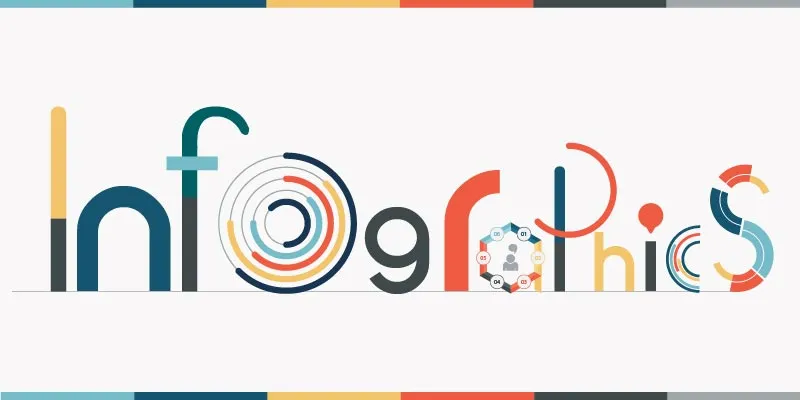7 awesome reasons to use infographics
Think about how much content you’re exposed to every day. Your Facebook friend might have just posted something about her upcoming wedding. Another friend might have posted a well-thought-out article on Jack Dorsey that you cannot stop reading. What you’re reading right now is also content. More often than not, we are bombarded with so much information every day that we have no choice but to save all those links and hope (often in vain!) to catch up with them over the weekend.

Content is beautiful. Words can be used in an infinite number of combinations to analyse, explain and ignite passion in the reader. But words are also not something many people read. This is where infographics come in. Infographics are really worth a thousand words. Just take a look at this story describing Flipkart’s journey. If this was to be put into words, it might offer more insight, but it would reach the length of an essay. But here, you get to know the whole story with just an infographic. Here are more reasons to convince you to start using more infographics.
They are attractive
Visually appealing and concise, infographics are likely to attract more viewers than text articles. All the facts are presented in an easy-to-gather way. Using infographics is a perfect way to grab the attention of readers and viewers. Just take a look at your Facebook news feed. Are you more likely to pay attention to a picture or to a long status message?
They have the potential to go viral
As more people read and share them, infographics have a wider reach than their textual counterpart. Consequently, they are also more likely to go viral.
They are easy to share
Infographics are just images, so they can be embedded into websites or shared on messaging platforms easily. They can even be used in email marketing. This ease of sharing is another reason they go viral faster than text.
They help with SEO
That’s right! Since infographics are widely shared, Google gives a higher priority to sites hosting such infographics in web searches than they do for other sites.
They’re usable on multiple platforms
You can take them from your website and put them directly on your brochure. And there’s no editing required at all! Infographics make just as much sense in print as they do on digital platforms.
They show how smart you are
Just because infographics look simple, it doesn’t mean they are simple to create. A lot of research is required to consolidate information and present it in the form of facts, statistics and charts. A good infographic shows that the creator is a subject matter expert.
They are analytics-friendly
When a text article is published, parameters such as the bounce rate are the only factors that tell you if someone has read it. There’s usually no information on how many people skimmed through it, how many spent more time on it and so on. An infographic is tracked in multiple ways – who clicked on it, who looked at it for longer, who shared it and how they shared it, for example. These parameters make it easier to understand what your audience wants and help you adjust your content accordingly.
The next time you have something important to say, consider making an infographic out of it. Here are some tools you can use to make great infographics.
(Disclaimer: The views and opinions expressed in this article are those of the author and do not necessarily reflect the views of YourStory.)







